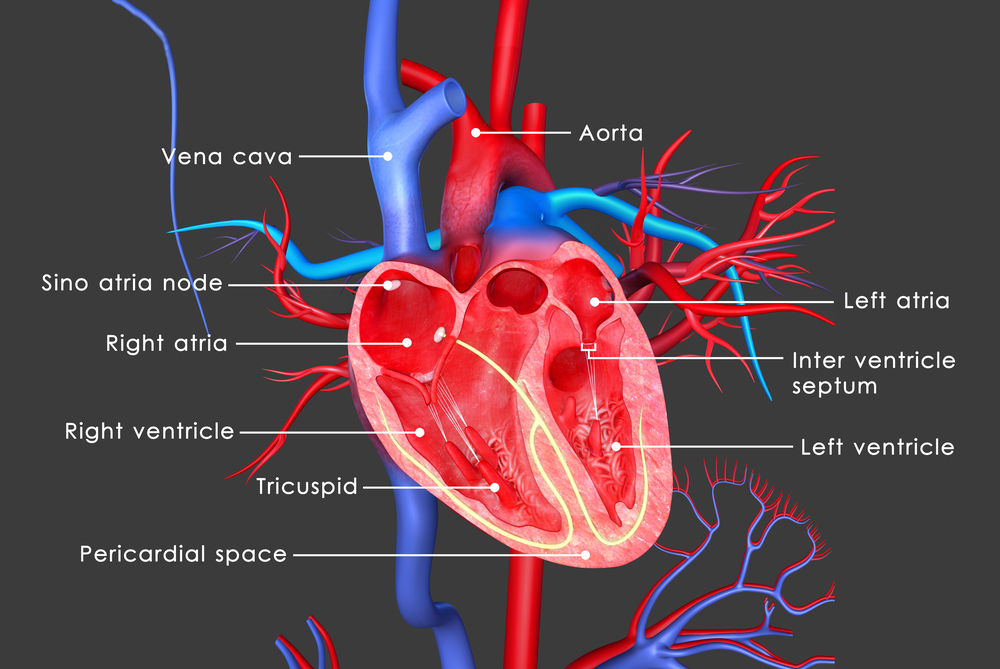#IARC2017 – GAA Repeats May Be Cause of Smaller Left Ventricle in Adults with FA

The degree of genetic defects in the frataxin gene appears to result in adults with Friedreich’s ataxia having a relatively smaller left ventricle in the heart, a study presented as a poster at IARC 2017 reported.
The poster was presented by Roger Peverill of the Monash Cardiovascular Research Centre at Monash University, Australia, on Friday at IARC, the International Ataxia Research Conference that concludes in Pisa, Italy, on Saturday. It was titled “A unique pattern of left ventricular remodeling in Friedreich ataxia (FRDA) related to frataxin deficiency?”
Cardiac disease is a common feature of Friedreich’s ataxia (FA), and often manifests as left ventricular hypertrophy, an increase in the thickness of the wall and septum of the heart’s left ventricle. Eventually, patients progress to heart failure.
The geometric changes in the heart of FA patients, however, are complex and often differ from diseases like hypertensive heart disease or cardiomyopathies. Differences can also be found between adults and children with FA.
In the study, the team sought to define these left ventricular geometric changes.
A total 174 FA patients (52 children and 122 adults) underwent an echocardiography, a scan that allows scientists and doctors to look at the heart and nearby blood vessels. A series of heart measurements were also recorded, including parameters related to the heart’s left ventricle, and its wall thickness, length, volume and mass.
Patients showed normal left ventricular ejection fraction, an important test to determine how well the heart is pumping blood and one used in diagnosing and monitoring heart failure. A normal left ventricular ejection fraction is usually between 50 to 75 percent.
After adjusting for patients’ age and sex, the researchers found that a larger GAA expansion (the mutation in the frataxin gene that causes FA) correlated with a decrease in several left ventricular parameters, including internal and external diameter, length and volume.
GAA expansion, however, was not associated with septal wall thickness, posterior wall thickness, or left ventricular mass.
All correlations were observed only in adults; none were evident in the children.
“In FRDA [Friedreich’s ataxia], the degree of genetic abnormality is associated with a smaller left ventricle in adults, but no direct relationship with wall thickness or left ventricular mass is evident,” the poster concluded. “An explanation for the variable findings of previous studies may be the lack of similar correlations in children.”





